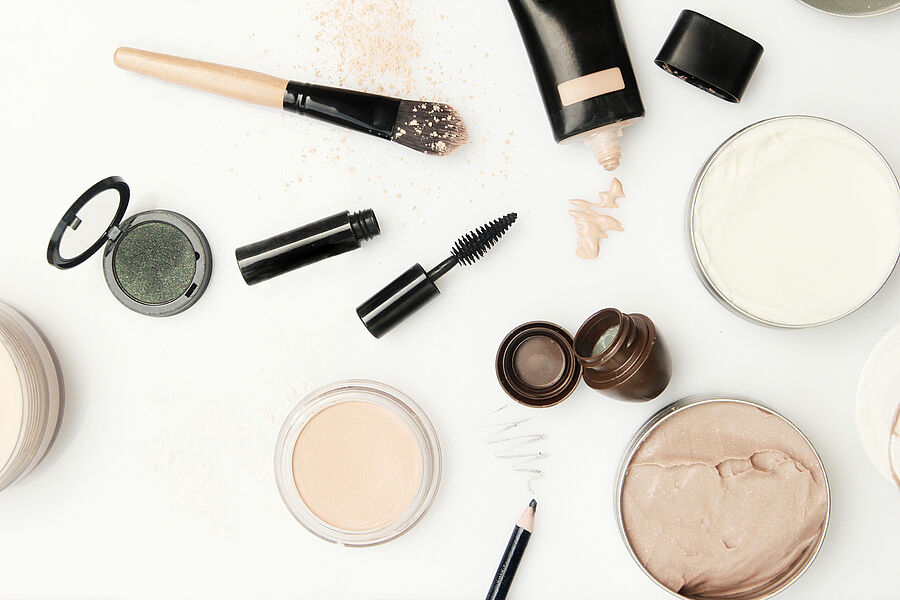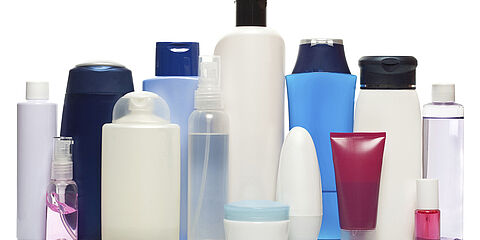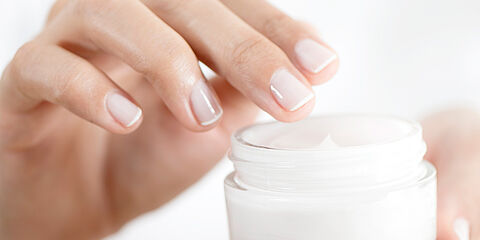Heavy metal contamination of cosmetic products
The contamination of cosmetic products with heavy metals still remains an issue with regard to their quality assurance. The EU Commission's rapid alert system RAPEX, in its weekly report, still mentions potentially dangerous non-food products on the market that are contaminated with heavy metals.

Contamination in powder and cream products, decorative cosmetics, or toothpastes
Heavy metals are often introduced into cosmetic products through ingredients of mineral origin and/or through (colour) pigments. In products such as decorative cosmetics, creams and powders, or in toothpastes, a heavy metal contamination is to be expected. Lead and mercury are typical examples. According to the EU Cosmetics Regulation (Annex II of Regulation (EC) No 1223/2009), these metals, and others, such as arsenic, are prohibited. Maximum levels of metal impurities for cosmetic products, however, are not set by law.
Technically avoidable levels of heavy metals in cosmetic products
To provide orientation, the BVL (Federal Office of Consumer Protection and Food Safety) issues recommendations for technically avoidable levels of the following five metals: mercury, cadmium, lead, antimony, and arsenic. Producers and distributors of cosmetic products should ensure that their products comply with these recommendations.
Safety reports for cosmetic products
To ensure this, our WESSLING experts support you with expert advice and laboratory analysis. Our services also include the preparation of a safety report. If traces of heavy metals are present in cosmetic products, this must be addressed in their safety report with proof that these are technically unavoidable. Our experts assist you and will make your products market-ready.
Your contact person for our cosmetics experts
I am happy to assist you.
- Marc von Essen
- +49 2505 89-633
- cosmetics@wessling.de




